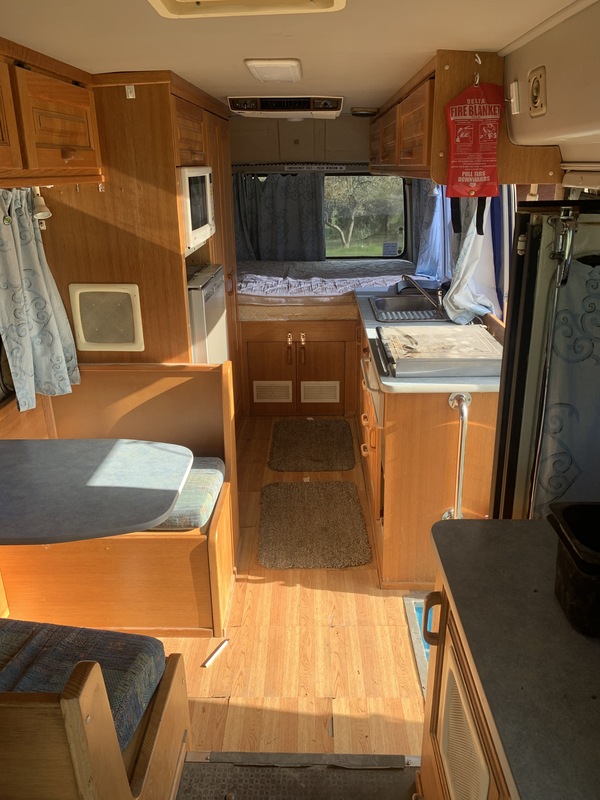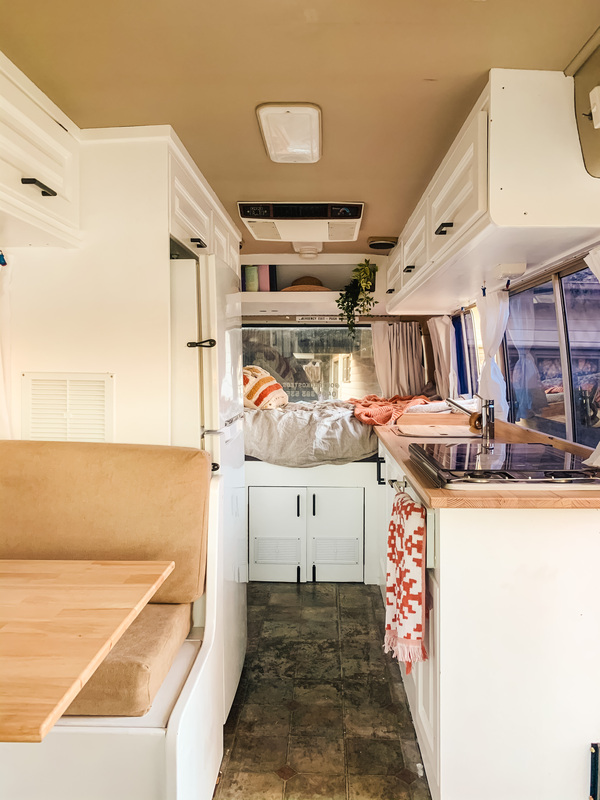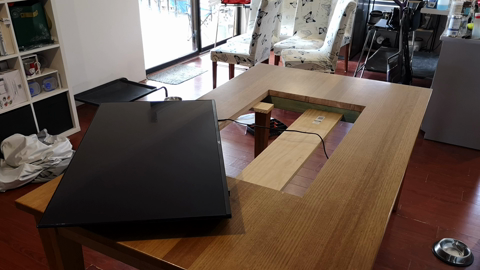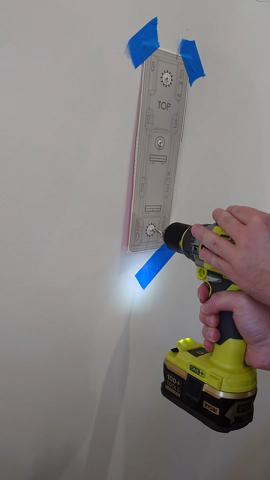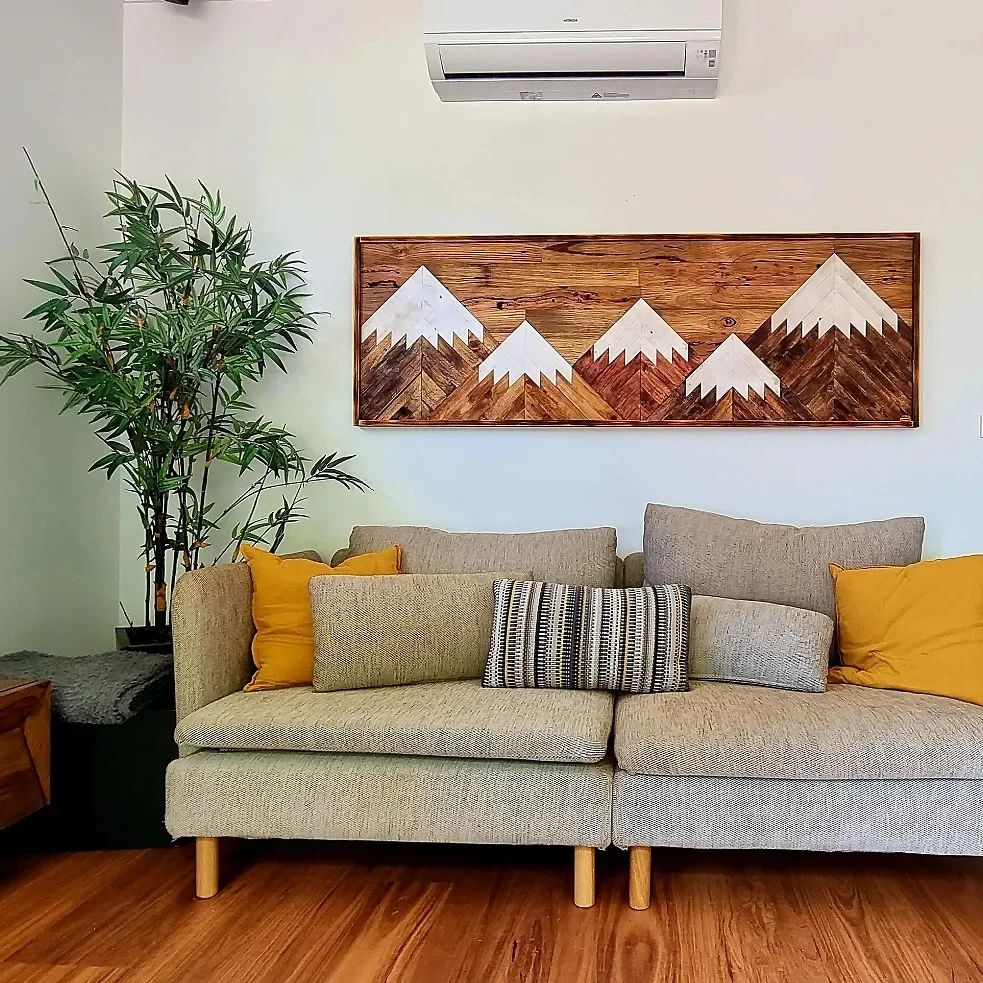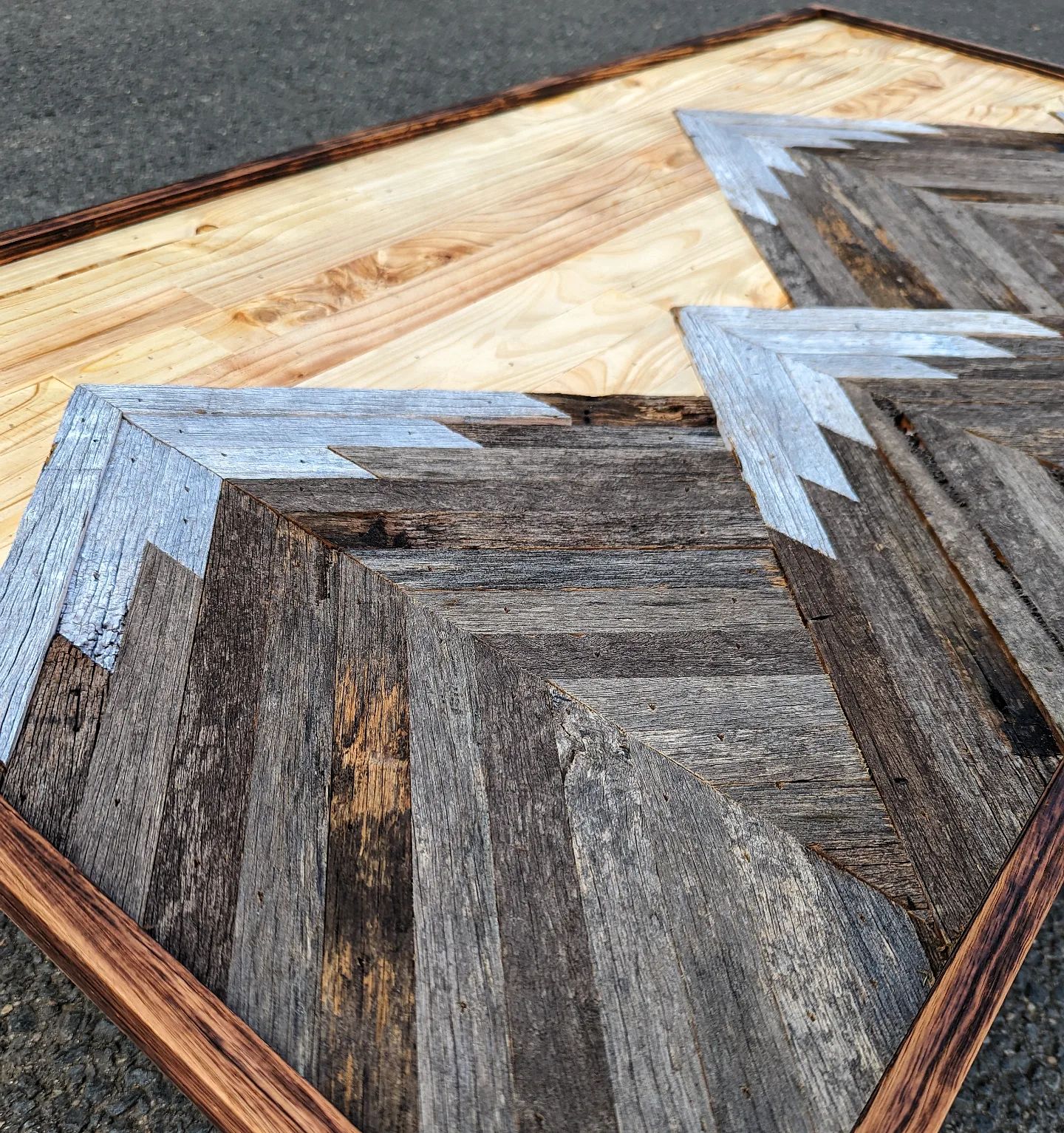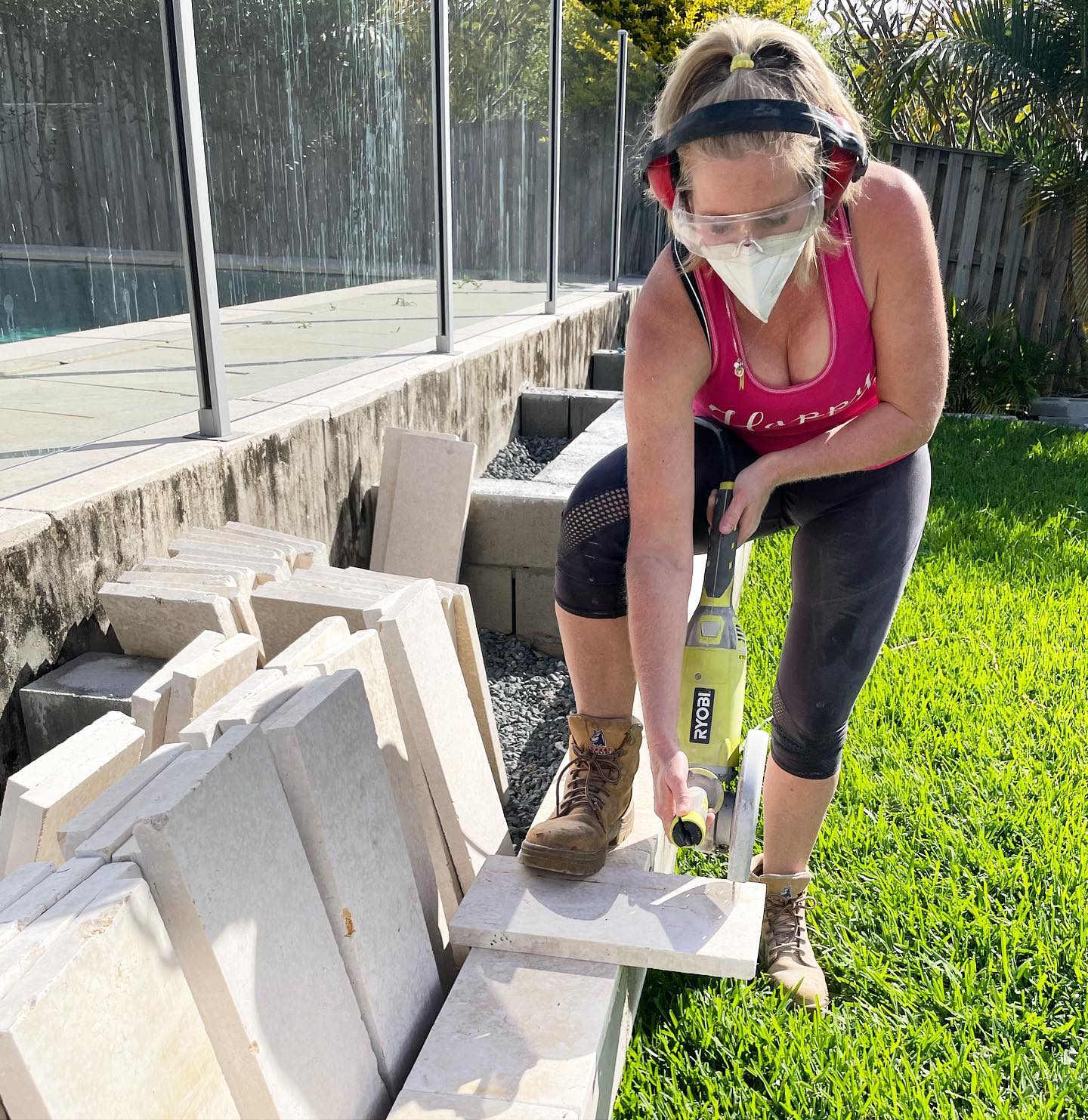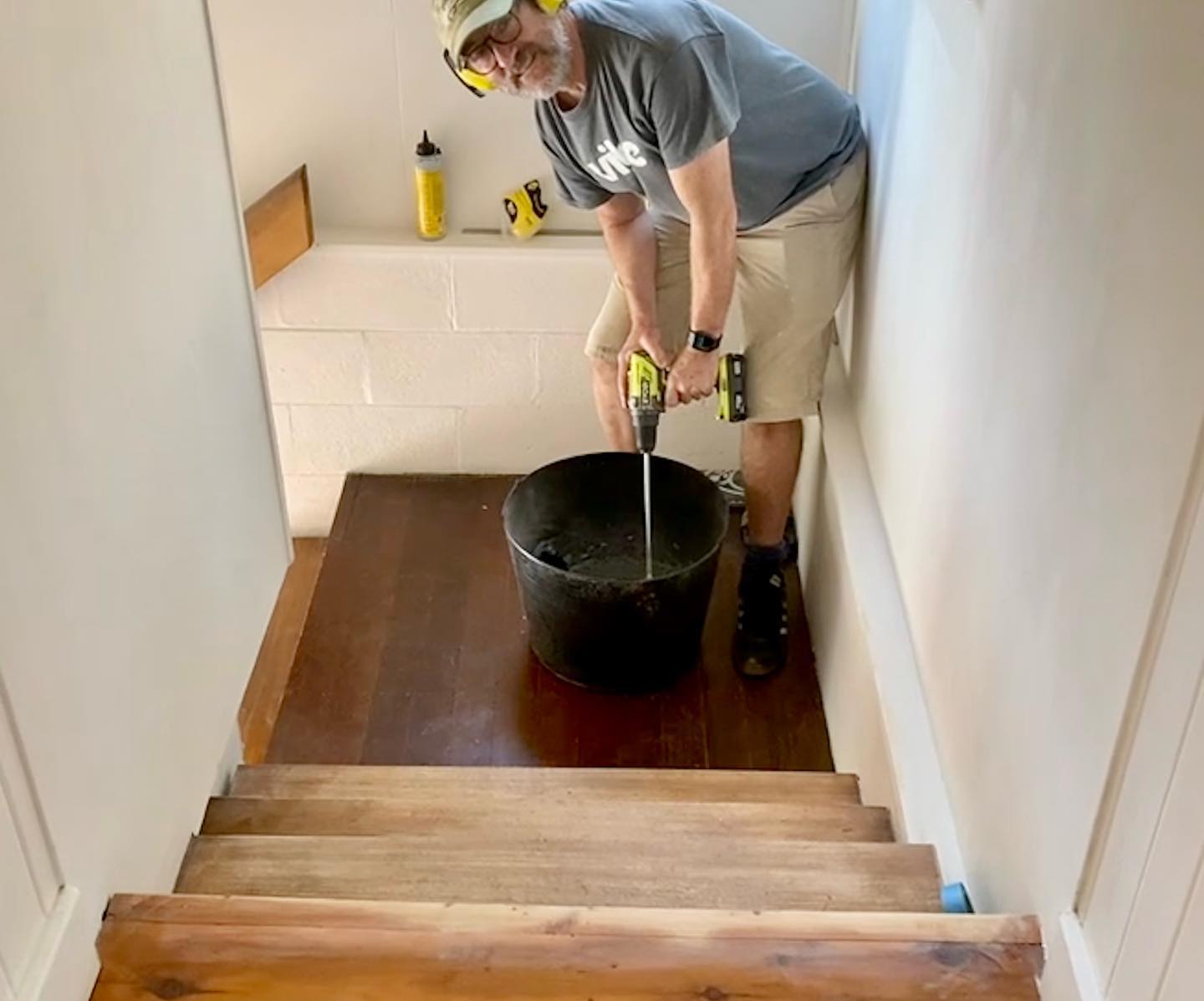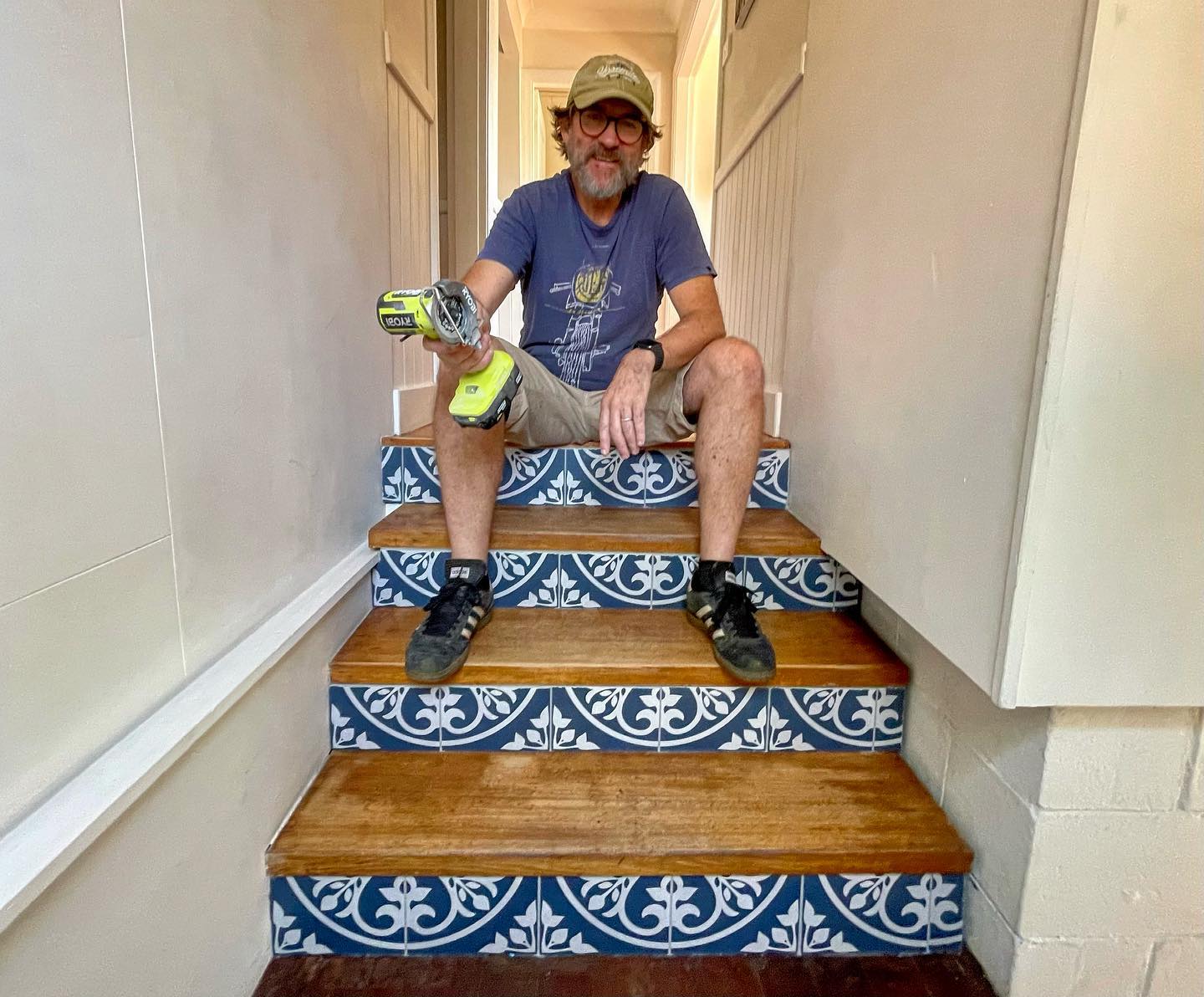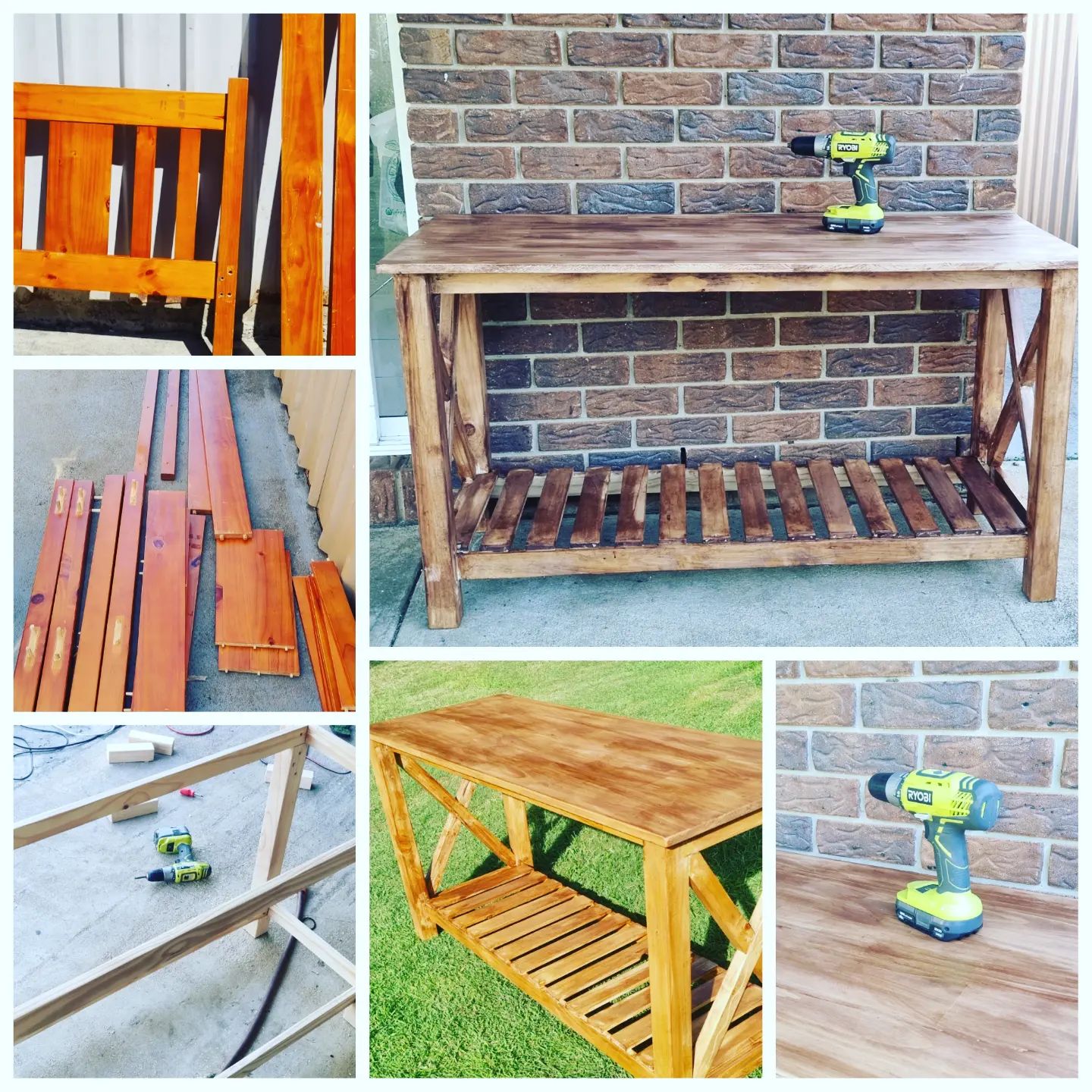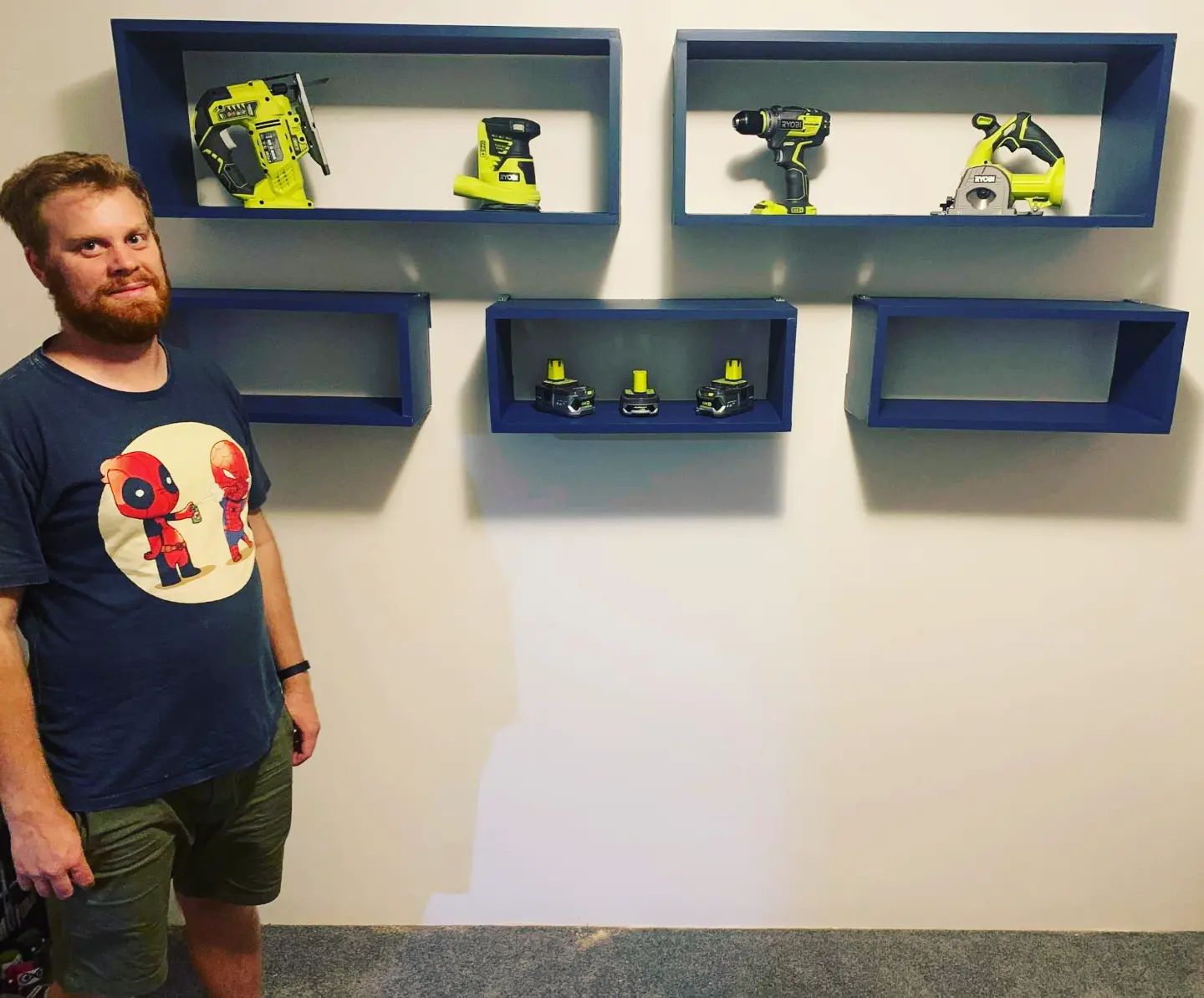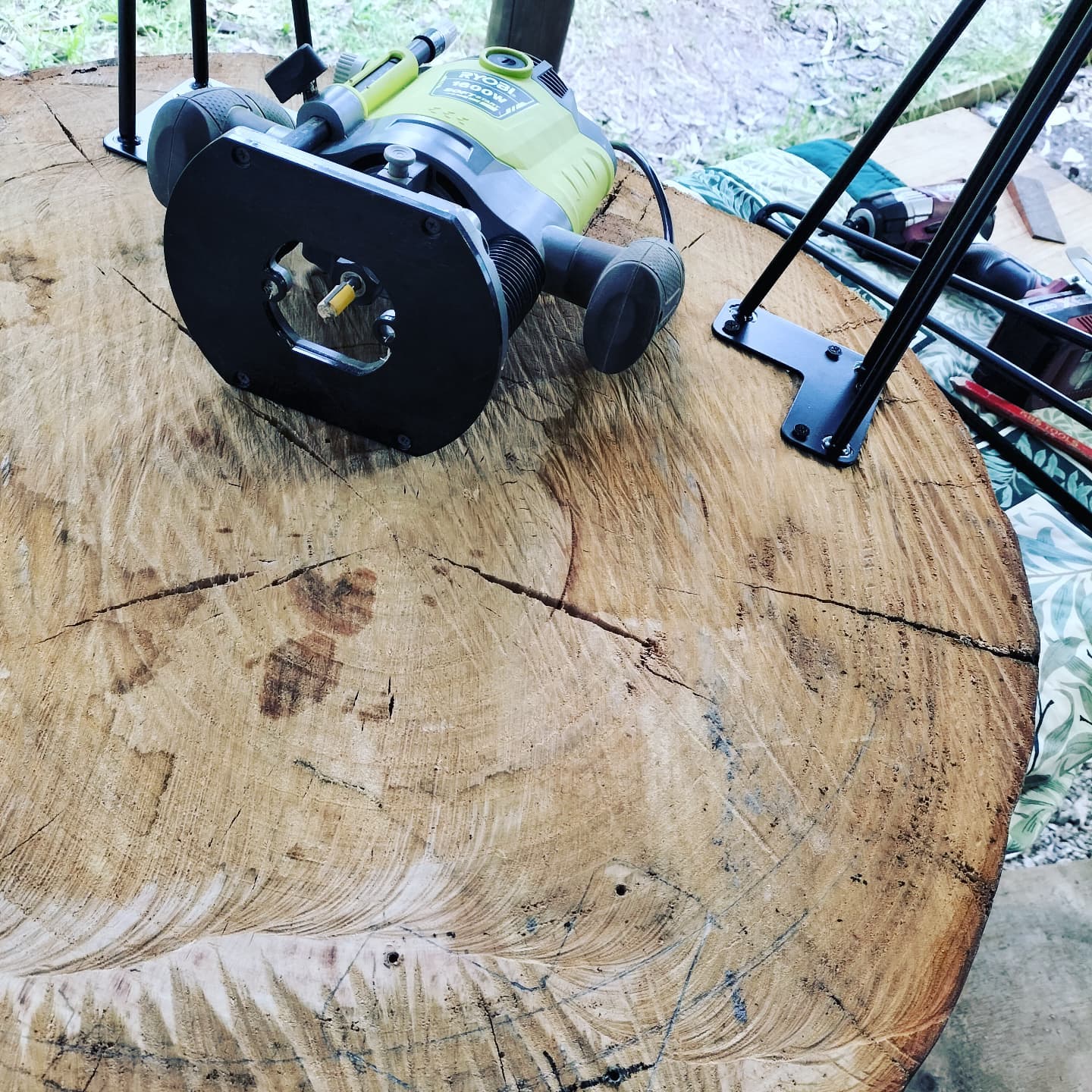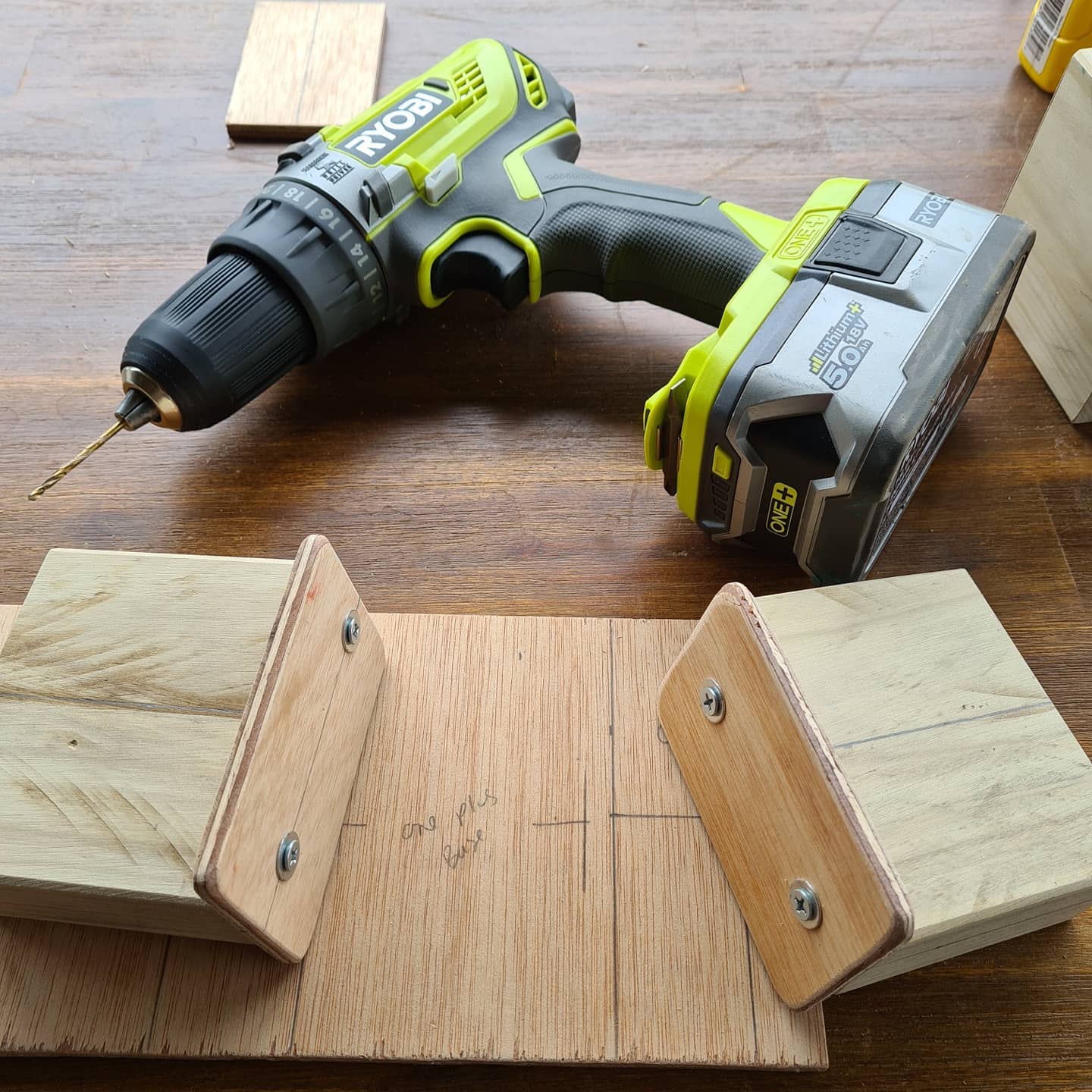
Drill into timber, soft metal and hard materials including brick and concrete with the RYOBI 18V ONE+ Hammer Drill.
Total $0.00
Or place an order at your local Bunnings at the Customer Special Order desk. Stock availability depends on store or location.
Place your orders at Bunnings for in-store pickup or delivery. Find out more

Start typing in the search bar. Our autocomplete feature will provide relevant suggestions. Press 'tab' to accept an autocomplete suggestion.
Read how 2 osteopaths, turned DIY enthusiasts, converted an old bus into a modern tiny home on wheels.
There are a lot of DIY ‘vanlifers’ out there building some pretty amazing homes on wheels. We did a loop of Western Australia, traveling with a few people who had converted buses and we really got inspired by stepping inside their amazing conversions. We lived in a van for a year so we knew what we liked and what we didn’t like. This bus conversion needed to be a mobile home / office for us so that we could comfortably take our business to the most remote and isolated places in the country.
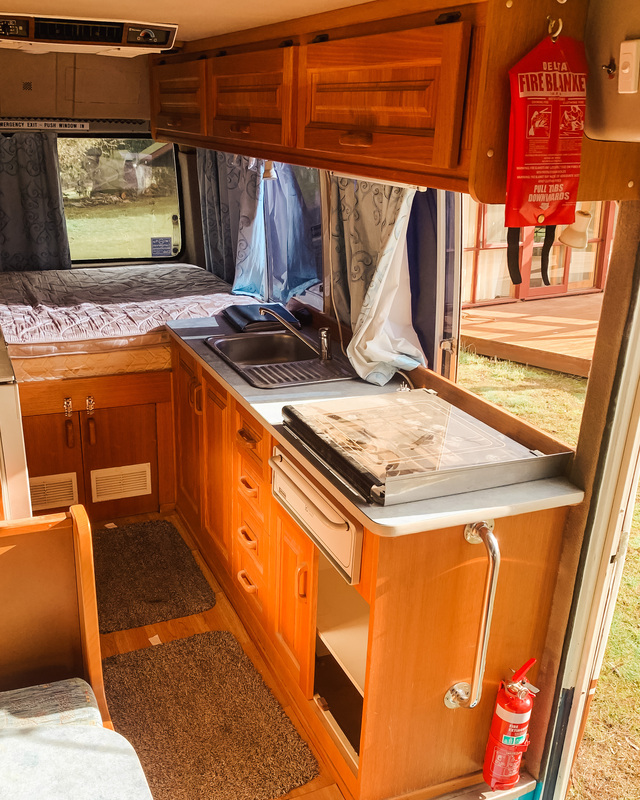
We bought the bus in late April 2020 (in the middle of all this COVID madness) and took it back to our family farm. We hit the ground running on the conversion and completed it two months later. We hit multiple road blocks along the way, but that’s what happens when you try to renovate an old bus in the middle of a pandemic!
Put it this way, we are osteopaths. We went to uni for five years to learn how to diagnose and treat musculoskeletal complaints, we know absolutely nothing about renovating, construction or auto electrical. If you’re willing to do your research, reach out to people with knowledge and give things a go, then you can walk into something like this with a really low skill level. Our advice would be plan the entire build in order and always allow more time / money for things that go wrong, because they definitely will.
"If you’re willing to do your research, reach out to people with knowledge and give things a go, then you can walk into something like this with a really low skill level."
We bought our bus for $15,000 and told ourselves if we could get it on the road for a total of $22,500 we would be happy. We spray-painted the exterior, had some panel beating and mechanical work done and replaced the shock absorbers and tyres so before we even started the inside we were already over $20,000. The interior we renovated as cost effectively as we could and we are really happy with how the budget tracked there. Of course, we ended up slightly over our intital budget but that was mostly due to some unexpected electrical challenges.
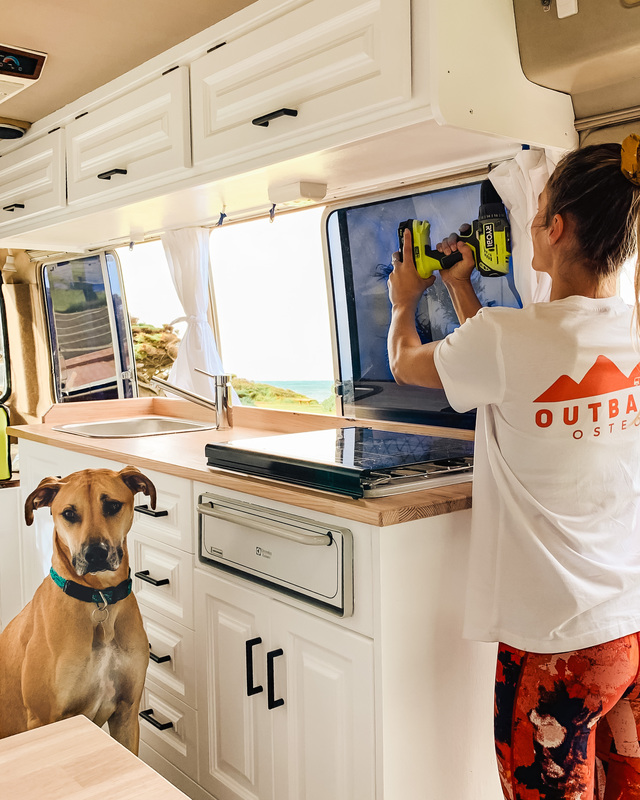
Designing an off-grid solar system that is efficient and able to provide enough energy when sunshine is limited was difficulat. Because we chose to run a normal house fridge in our bus we needed more solar energy to ensure the fridge did not deplete the batteries. We learnt a lot about auto electrical and 12V off-grid systems in this process.
More bus projects … we are really keen to put some roof racks on the bus so we can store our tools and surfing gear. We would also love to build a little timber viewing platform so that we can sit up there and soak up some beautiful Australian sunsets together.
